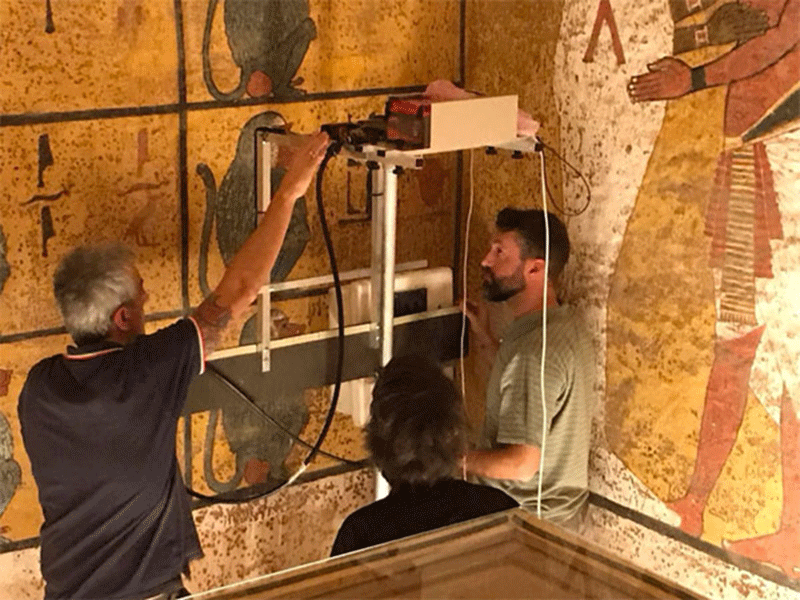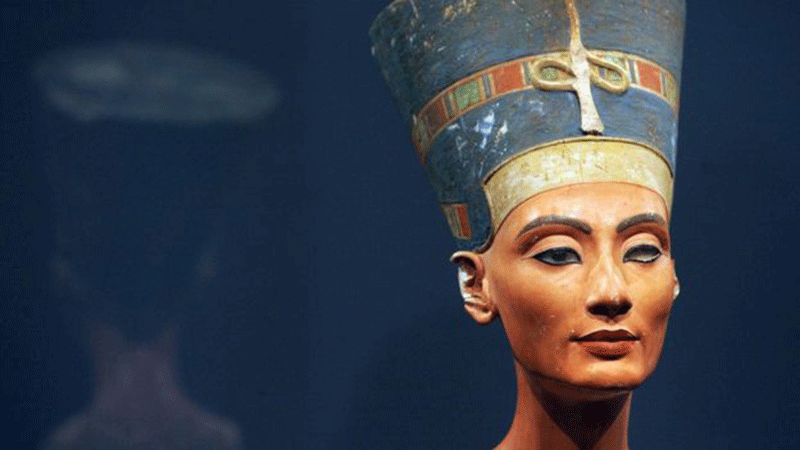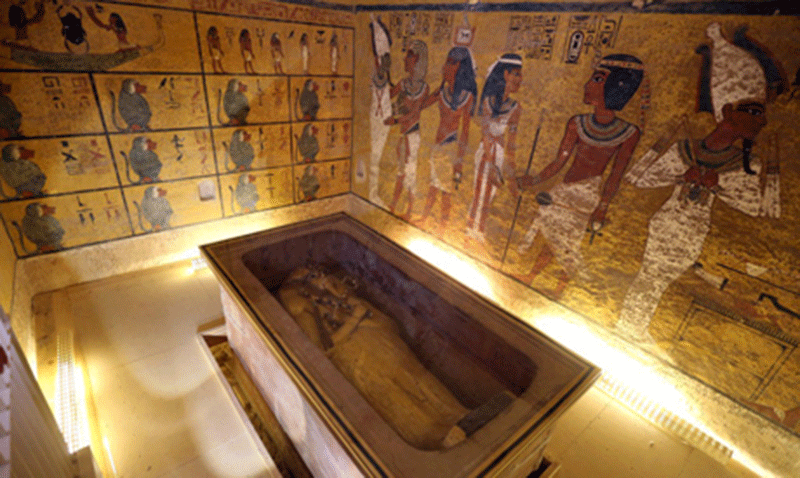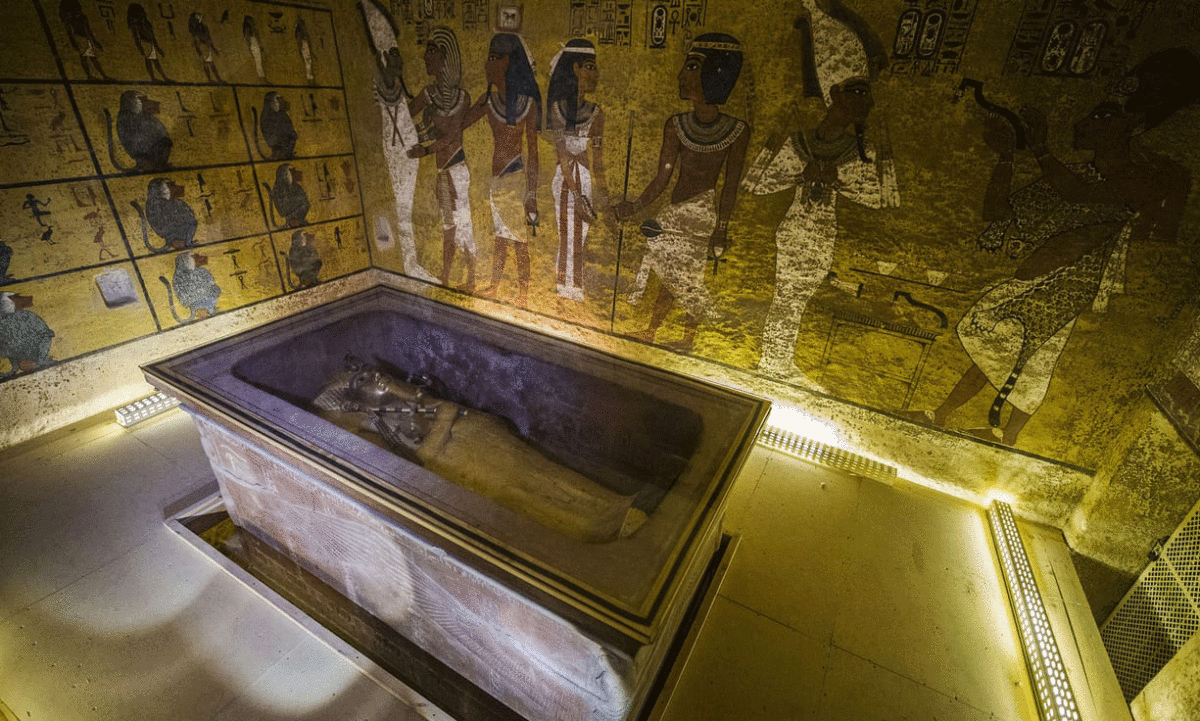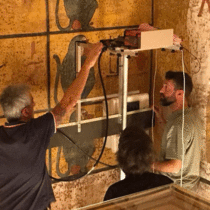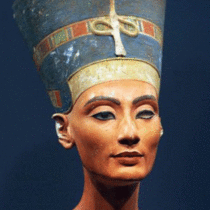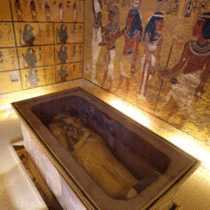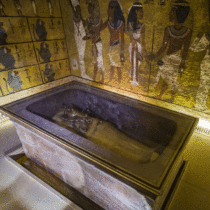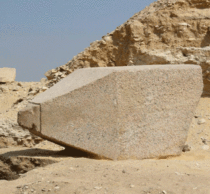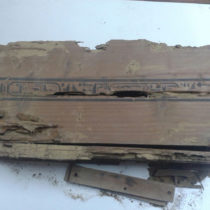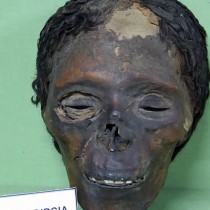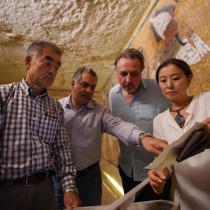The theory that a secret chamber existed in Tutankhamun’s tomb, Egypt, has been rejected, scientists concluded after special scans were performed at the site.
In 2015 Nicholas Reeves, a British Egyptologist had performed radar scanning inside the tomb and found traces of what might have been a secret chamber behind the plaster in King Tut’s tomb. He then proposed the theory that the remains of Queen Nefertiti might be lying there. Additional studies carried out consequently further supported Reeves’ theory, leading the authorities to accept it as true. But a debate among scientists was still challenging the theory and now specialists from the University of Turin along with two private geophysics companies performed penetrating radar (GPR) studies and concluded that the secret chambers simply do not exist.
The new geophysics study lasted about three months and has provided conclusive evidence that the gaps discovered with special scans and previously thought to be hidden chambers are nothing as such. The announcement was made by Mostafa Waziri, Secretary General of Egypt’s Supreme Council of Antiquities and the investigation was made by Italian scientists from the Polytechnic University of Turin along with two private geophysics companies, Geostudi Astier and 3DGeoimaging. Scientists performed GPR scans along vertical and horizontal axes with quite dense spatial sampling.
Francesco Procelli, from the University of Turin and head of the research team, said that they analysed three different sets of radar data and cross-checked the results. Although the results might be disappointing the truth is that the scientific methods performed are quite advanced and interesting. This was the third GPR survey conducted inside the tomb in recent years and now Egypt’s Antiquities Minister Khaled al-Anani said the authorities in the country accepted the results.
